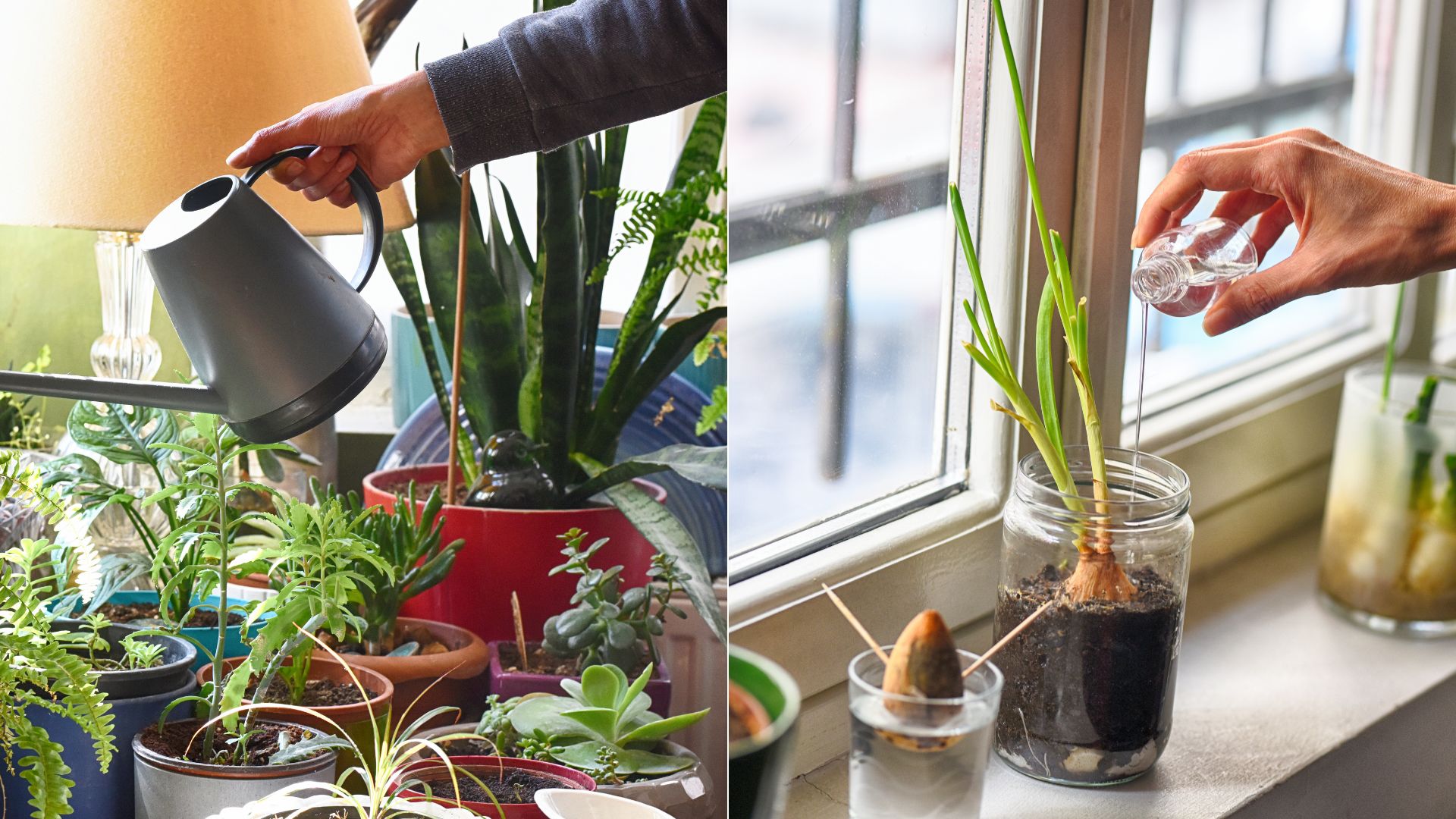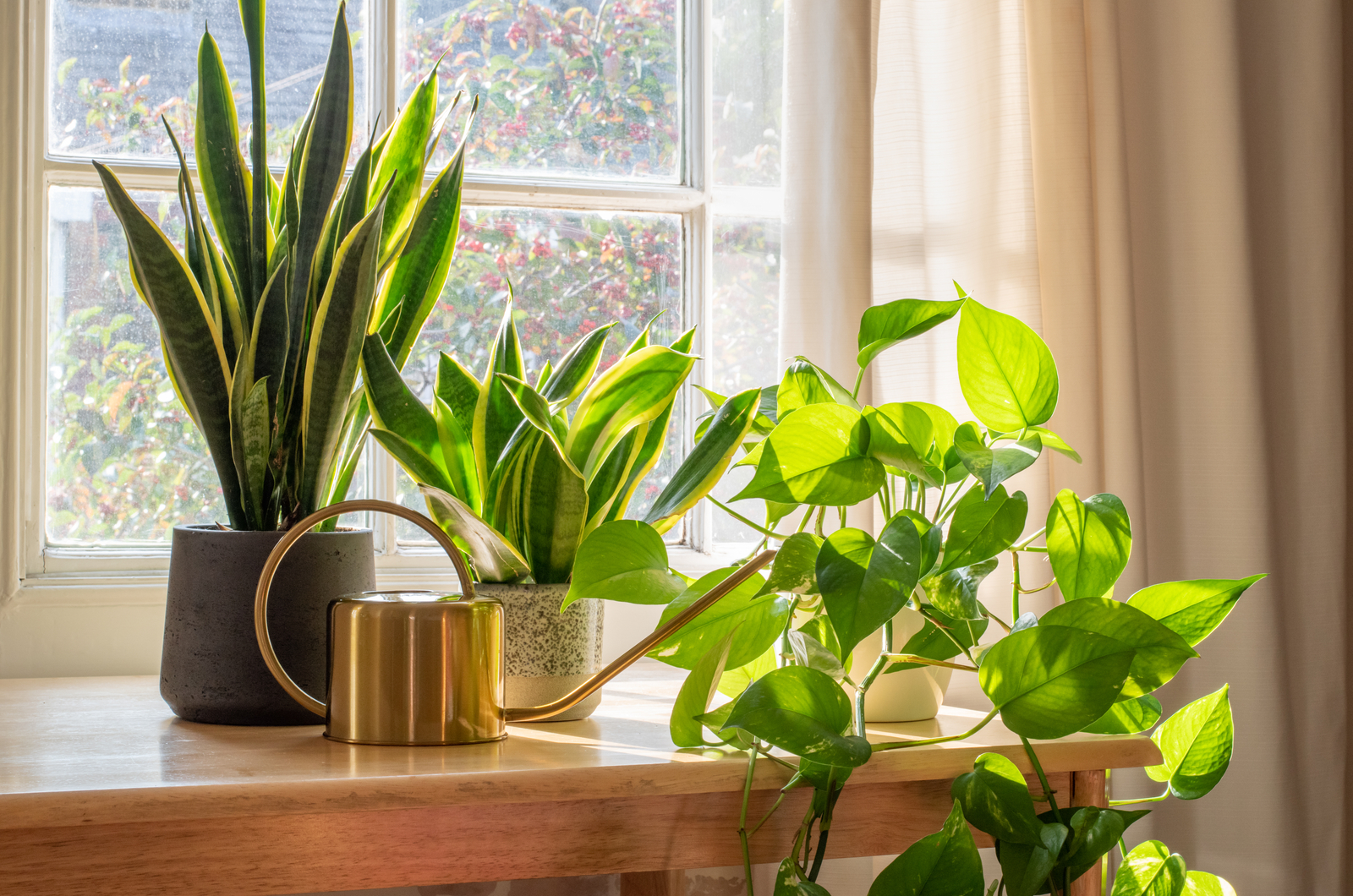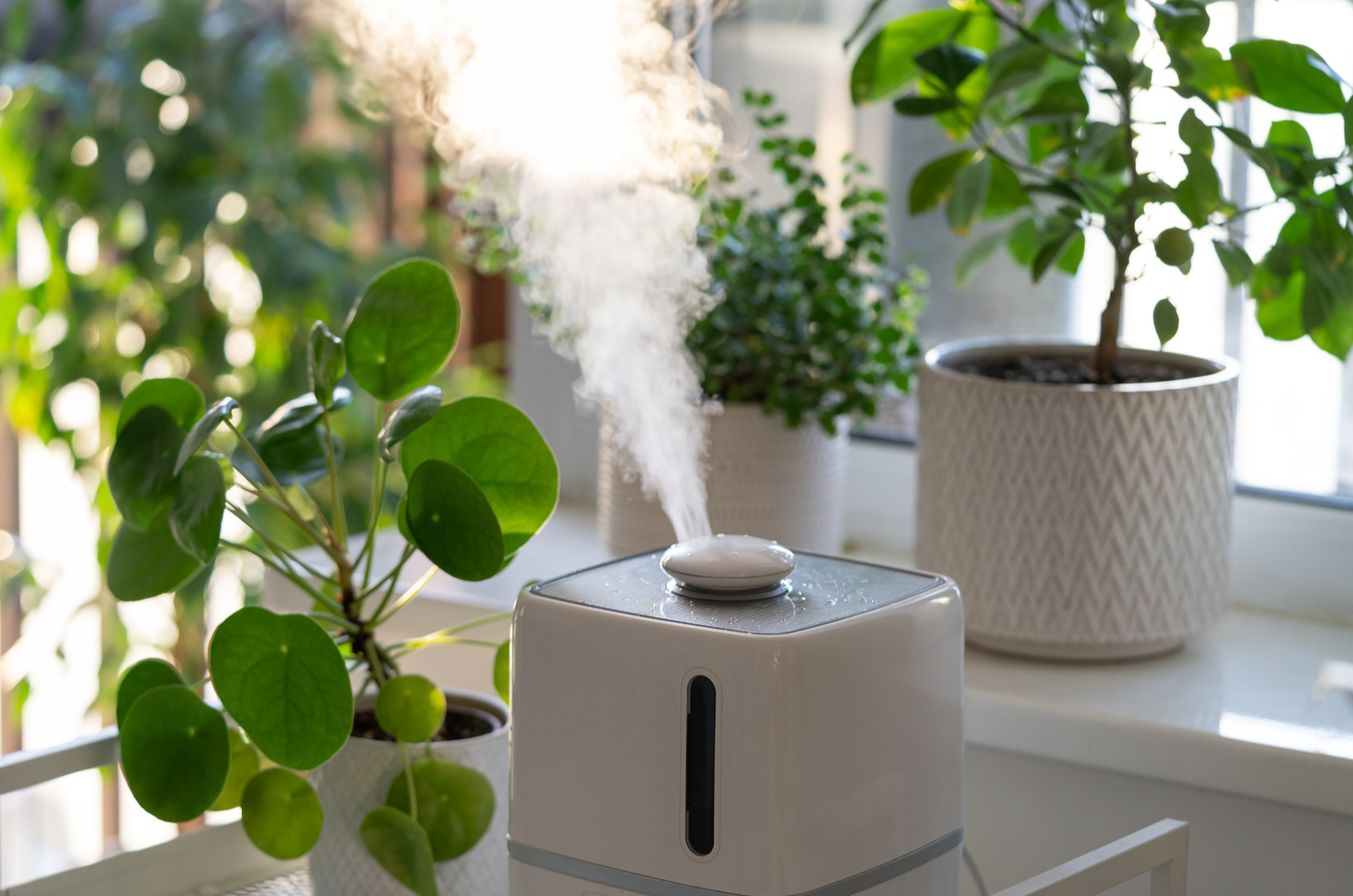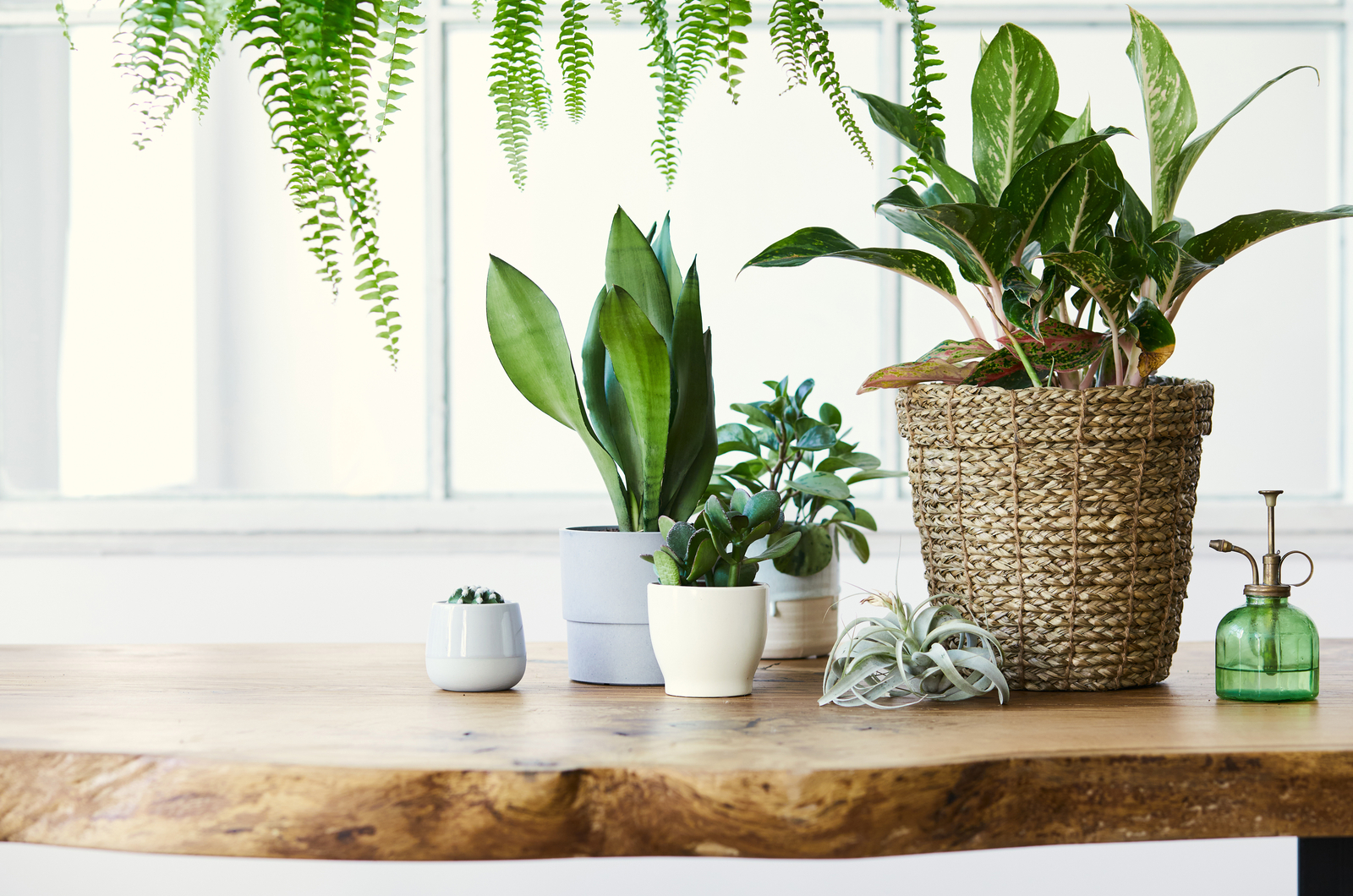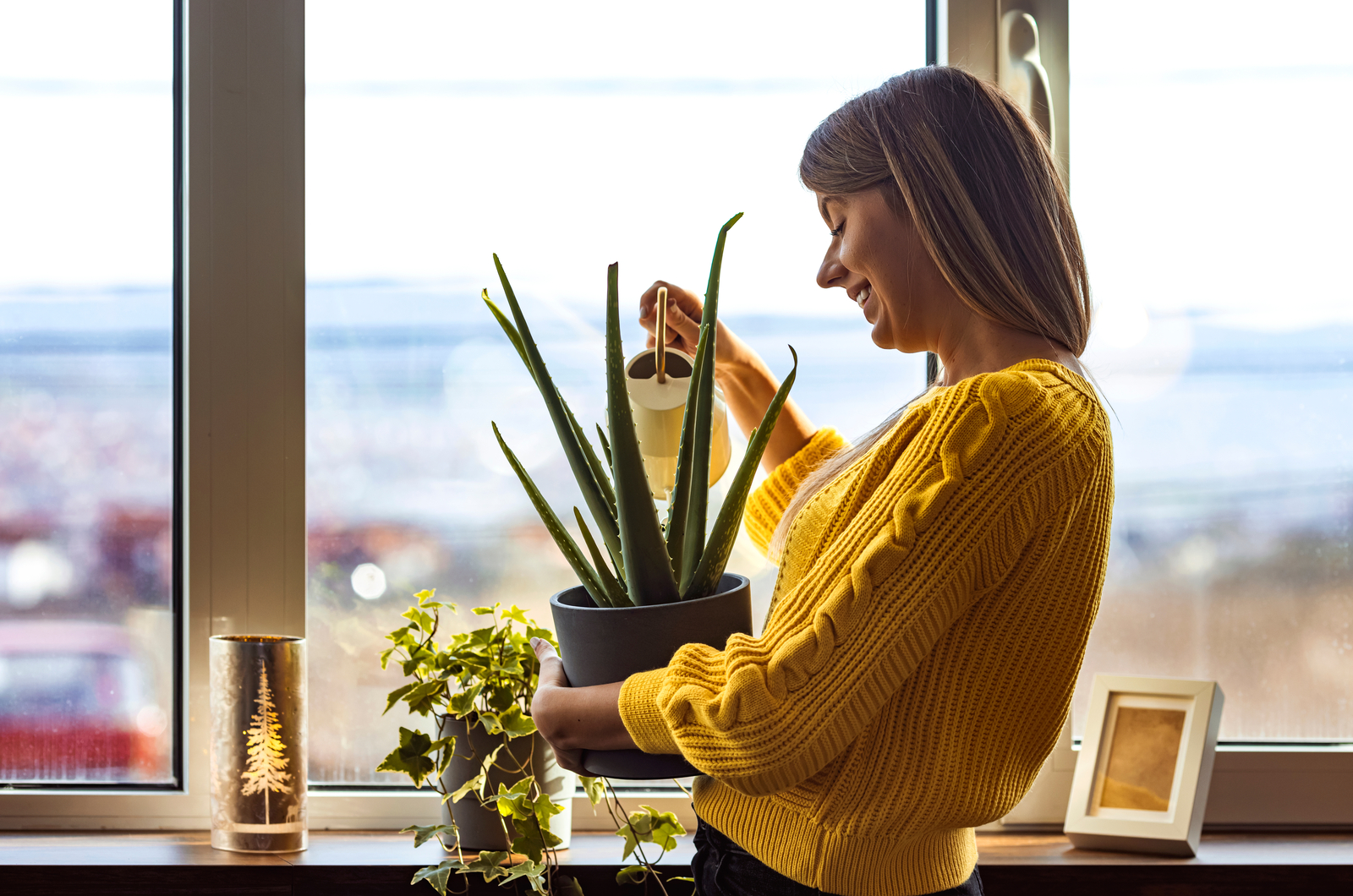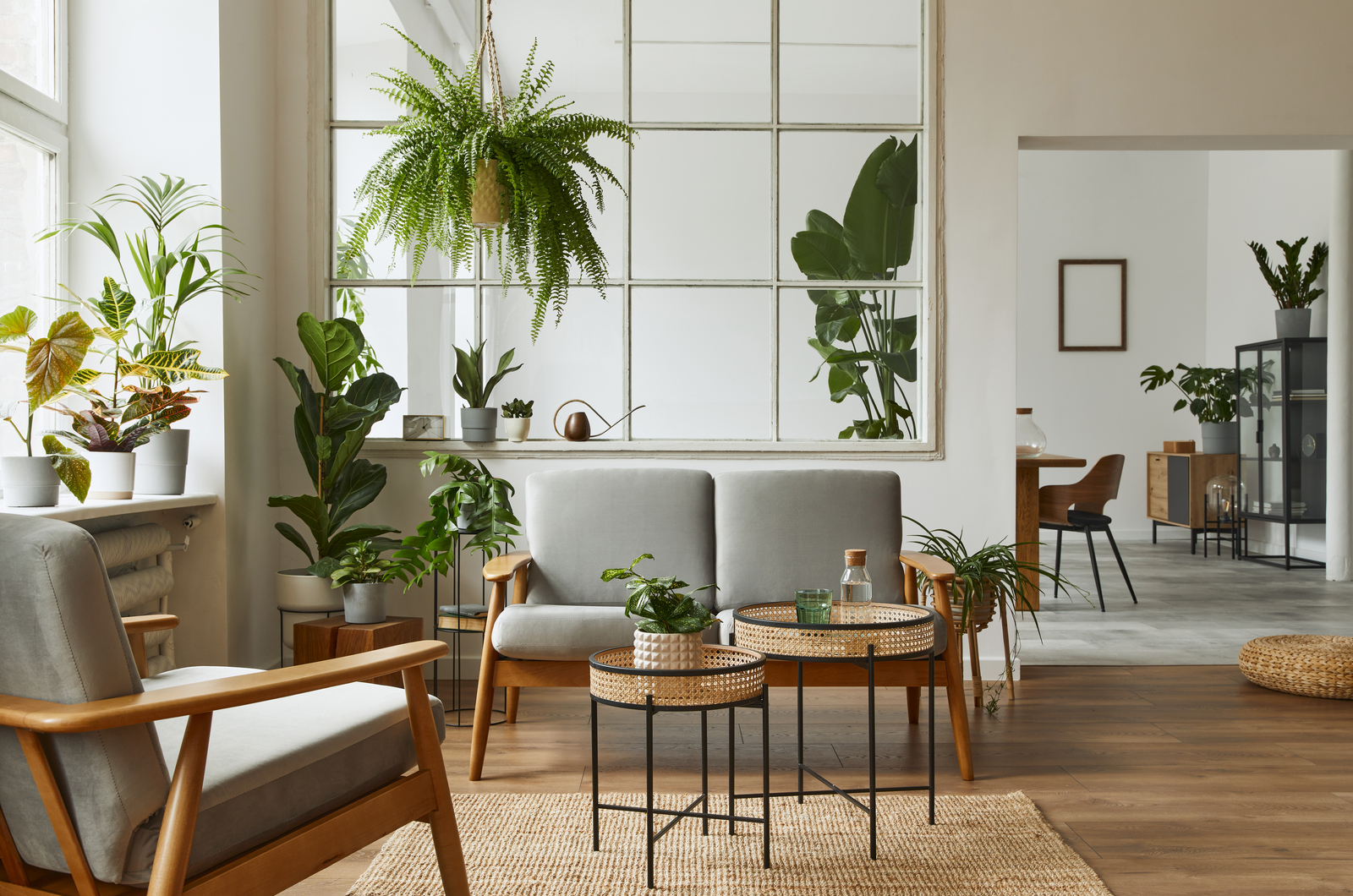Interest in gardening has skyrocketed in the years following lockdown. And what better place to start than your own home?
Indoor gardening has found its way into our daily lives. Many of my friends who thought it was impossible to fit plant care into their hectic lifestyles now have indoor jungles of their own.
But being a pro indoor gardener requires a bit more than just occasionally watering your plants. Here are some top expert tips that can help you start and tend to your indoor garden!
Things You’ll Need
What are the things you need to start an indoor garden and have it flourishing in no time? Here’s what experts say on this issue!
1. Proper Lighting
Light is the number one thing you need when starting any garden, including an indoor one.
Note the amount of light your home gets before purchasing any plant. Without the adequate amount of light, your plant is never going to grow to its fullest potential, says Nick Pileggi, a creator who shares his gardening journey on YouTube.
Indoor environments are darker than outdoors, so it’s crucial to find a place with enough sunlight for your plants to thrive.
East-facing windows are usually the best as they get mild direct morning sunlight and indirect afternoon light. South-facing windows get full-sun exposure, while the western ones are a bit softer.
You can place your plants on these windowsills based on their light requirements and turn them into an interesting garden.
Of course, some plants prefer indirect light, so you should move them a couple of feet away from these bright windows.
Seasons also play a role in this. There’s less light in winter, so you can move your plants closer to the window or even place them on a windowsill. But once spring and summer arrive, you should move them further away so that their leaves don’t burn.
Direct, Indirect, And Low Light
When you’re looking for a plant, you’ll commonly see it described as needing direct, indirect, or low light levels. So what does this mean?
Direct sunlight refers to locations where sun rays can directly touch the plants’ foliage. Succulents and cacti love direct sun exposure, so keep them on bright windowsills.
Indirect sunlight is a couple of feet away from the light source. It is still quite bright, but no sun rays are touching the plant leaves. Most tropical plants, such as philodendrons, monsteras, etc., prefer this light exposure.
Low light is even further away from the light source, but it isn’t complete darkness. There aren’t many plants that love this kind of light exposure, but there are those that can tolerate it for some time, such as snake plants.
You’ll see that plants grown in low-light conditions become leggy and pale, so it’s not the amount of light you should aspire to have.
If you want your plants to thrive, keep them in bright locations and don’t buy more if you don’t have a sunny place for them.
You can also use grow lights for plants in darker corners of your home if you want to populate it with your green buddies.
2. The Indoor Climate
Lighting is important, but so are temperature and humidity. These conditions also affect which plants you can grow in your home.
Humidity
You’ll have to get your home’s humidity levels right for your houseplants or choose plants which thrive in conditions you already have.
For instance, cacti and succulents like lower air moisture levels and are perfect for drier climates. On the other hand, ferns, palms, peace lilies, and monsteras like higher humidity.
Also, you can place these humidity-loving plants in kitchens and bathrooms – locations that usually have higher air moisture levels – provided they get enough sunlight.
And don’t forget about air circulation and drafts. Keep your plants away from drafty locations as this phenomenon can lower the humidity, dry out the plant, and stress it out.
Note: Having a mister or humidifier ready for use is a great way to get ahead of any humidity problems your plants may experience.
Temperature
Most houseplants thrive at room temperature, between 60-75°F during daytime. Therefore, if you enjoy the temperature, so does your plant.
What your plants don’t like is sudden, plunging, and skyrocketing temperature fluctuations. Drafty locations, heaters and AC vents, doors, and old windows are places where temperatures constantly change from hot to cold and vice versa.
Avoid keeping your green buddies in these spots because the changing conditions will stress them out and affect their growth and good looks.
3. Suitable And Hardy Plants
If you’re new to indoor gardening, make sure to get hardy plants that can survive some neglect or are hard to kill.
Succulents, cacti, snake plants, and ZZ plants are some of the best options for beginners. They don’t require too much moisture and can handle underwatering like champs.
Co-owner of Dynasty Plant Shop, Michael Leach, advises looking into the lighting you have.
Just because, like, you like the way it looks in a photo in a design magazine, [it] doesn’t mean it’s going to work in a particular environment in your house, explains Leach.
Here are some more tips for choosing a suitable plant for your home:
You can get a live wall with pothos climbing over a trellis or get some trailing varieties that will hang in baskets and offer a unique display.
Arrange larger planters on flower shelves and place tiny cactus pots on windowsills.
Choose the varieties that can thrive in various lighting conditions and don’t mind if you overwater or forget to irrigate them sometimes.
Peace lilies, ZZ plants, and parlor palms are great options; place them in an empty corner or on a side table, and enjoy.
Also think about the amount of time you spend at home and can actively care for your plants. If you’re away traveling for work a lot, choose ZZ or snake plants, which are virtually unkillable and can withstand neglect.
Once you learn how to care for them, you can slowly work your way up and get more demanding varieties.
4. Contrasting Plants
What distinguishes a simple collection of houseplants from an indoor garden is how you choose to display them.
Combine different textures, sizes, and colors to create a jungle-like setting or a tropical paradise.
Plumosa ferns, monsteras, philodendrons, bird of paradise, peace lily, and hanging pothos can add a lot of interest and texture to your home garden.
However, there’s not just one particular design you have to aim for. Go for the one you like the most, keeping your plants’ needs in mind.
Arrange them in a minimalistic design or create a true jungle where you can barely distinguish where the pots are and where each plant grows from.
Hide the large planters by grouping smaller ones around them or let a single huge container be the statement piece of your garden.
There isn’t just one correct design; play with shapes, textures, and sizes until you find what looks best to you.
5. Self-Awareness
Before getting even low-maintenance basement plants you only have to water from time to time, calculate the time and effort you have to invest in plant care.
You don’t have to have a green thumb in order to have a thriving indoor garden – I sure didn’t. Set yourself up for success by choosing plants that fit your lifestyle.
Start with a single plant and choose species and genera closely related to that one. They usually have similar requirements and before you know it, you might have 15 in your house, all different, but they’re all very closely related… if you can care for one, you can care for another one, reminds Nick Pileggi.
When choosing your first plant, think about how much time you have for watering and other basic needs. You can get cacti and succulents that you can neglect for weeks on end or a coffee plant that you might only have to water every couple of days during summer.
And remember, caring for plants can be therapeutic and allow you to channel your stress into nurturing. (1)
Monitor your plants constantly, and you’ll see whether they need more water, pruning or clean, pest control, etc. Check the soil to see if the top is dry enough for irrigation.
Water cacti and succulents when it’s completely dry, leafy tropical plants when the top 1-2 inches are dry, and moisture-loving species and ferns when it’s slightly dry.
These tips will ensure you never over or underwater your plants – even without keeping track.
6. Containers
Planters can make or break your indoor garden, whether it is their functionality or looks.
If there’s no hole, do not plant that plant in there, says Pileggi. If the water can’t come out, there’s no drainage, and if there’s no drainage, your plants are at risk of root rot.
Deliberately choose the style, whether you’re following the color story or an overall aesthetic that you have in your home, advises Pileggi.
Planter designs can elevate your home decor and make your houseplants pop. You can make indoor planters by using a plant stand or a flower shelf instead of investing in a huge plant.
Make their colors more vibrant or appear as if they’re levitating by planting them in hanging baskets.
Here are some more Pileggi’s tips for beginner indoor gardeners:
7. Houseplant Tools
The last tip I have for you is getting some essential houseplant tools that will make your indoor gardening experience easier and more fulfilling.
A watering can is the number one tool I suggest everyone buy, but there are some other things you should consider buying if you want to become a pro indoor gardener.
Tiny scissors are essential for occasional trimming and removing dead or discolored foliage.
A 3-in-1 moisture meter will tell you the amount of water in the soil, the substrate pH, and the lighting the plant gets. And getting all these things right is necessary for a thriving and healthy plant.
Bamboo cloth is perfect for wiping dust off large foliage, and potting tarp will allow you to repot your beauties with as little mess as possible.
I’d also recommend getting a spray bottle and a humidifier for your tropical plants which thrive in higher humidity. These devices will make sure your household’s air moisture is perfect for your humidity-loving plants.
Pruners, fertilizer, and potting mix are also some of the things you’ll find in my stash at any time. They allow me to feed my plants, repot, and shape them up whenever I want to.
Essential Tools You’ll Need
[table id=738 /]
What Is Indoor Gardening?
Indoor gardening refers to growing plants in groups in your home in a way that resembles a miniature garden.
You can achieve it by stacking flowers and plants on shelves and windowsills, growing them in large containers and hanging baskets, and placing them all over the room.
Actually, it can be anything you want it to be. You can set up a kitchen herb garden, place some palm trees in your bathroom, or even grow a tiny orchard by tending to some indoor fruit trees.
Any group of plants grown inside your home is an indoor garden.
Can You Have An Indoor Garden Without A Green Thumb?
You don’t have to be an expert gardener to have an indoor garden. And that’s the beauty of tending to houseplants – anyone can do it.
The only two things you need are some natural light and access to water to have a flourishing plant collection.
Remember, plants are for everyone. You just have to make a plan, realize what you can and can’t grow based on the lighting and time you have on hand, and go for it.
Ask at your local nursery for a plant recommendation, take care of your first buddy, get some more with similar needs, and your indoor garden will grow.
References:1. Health and Well-Being Benefits of Plants (n.d.). Texas A&M, AgriLife Extension.

